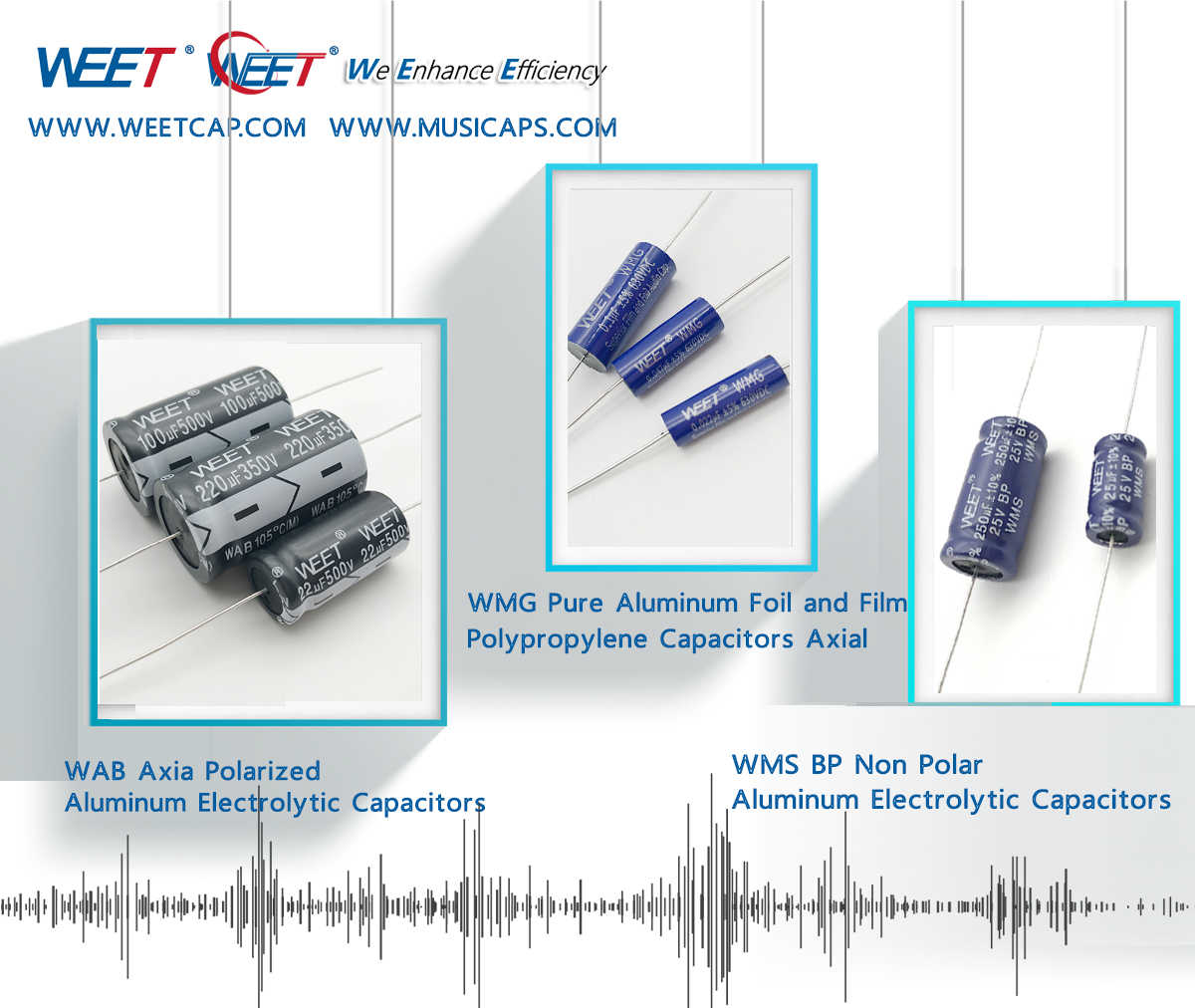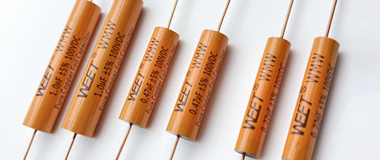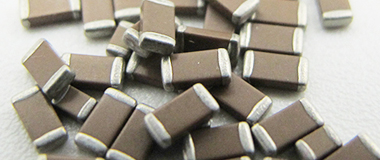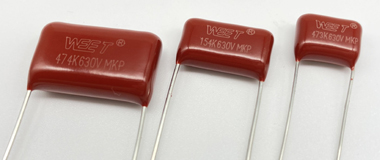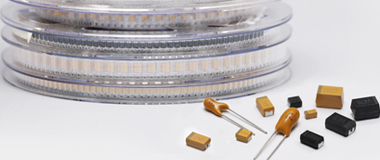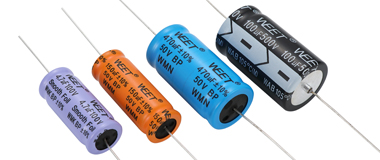WEE Technology Company Limited - WEE are Capacitors Specialist
Do you know what the best capacitor for your application is? WEET engineers would like to give you some advice on how to choosing a suitable capacitor.
1. The working principle is the same.
(1) Both charge storage and charge release;
(2) The voltage on the electrode plate (the electromotive force accumulated by the charge is called voltage here) cannot change suddenly.
(3) The difference lies in the different media, performance, capacity and structure, which lead to different use environments and purposes.
On the contrary, according to the needs of production practice, people have experimentally manufactured capacitors with various functions to meet the normal operation of various electrical appliances and the operation of new equipment. With the development of science and technology and the discovery of new materials, higher quality and diversified capacitors will continue to emerge.
2. The media is different. What is the medium? To put it bluntly, it is the material between the two plates of the capacitor. Most polar capacitors use electrolytes as dielectric materials. Usually, the capacitance of the same volume has polarity, and the capacitance is large.
In addition, different electrolyte materials and processes produce polar capacitors with different capacities of the same volume. Moreover, pressure resistance is also closely related to the use of dielectric materials. There are also many non-polar capacitor dielectric materials, most of which use metal oxide film, polyester, etc.
The reversible or irreversible performance of the medium determines the use environment of polar and nonpolar capacitors.
3. Different performance. Performance is the requirement of use, and demand maximization is the requirement of use.
As a filter, only polar capacitors can be used, and polar capacitors are irreversible. That is to say, the positive pole must be connected to the high potential terminal, and the negative pole must be connected to the low potential terminal. Generally, the electrolytic capacitor is above 1 microfarad, and coupling, decoupling, power filtering, etc. are done.
Most of the nonpolar capacitors are below 1 microfarad and participate in resonance, coupling, frequency selection, current limiting, etc. Of course, there are also large capacity and high voltage withstand ones, which are mostly used for reactive power compensation of power, phase shift of motor, frequency conversion power shift and other purposes.
4. Different capacities. As mentioned earlier, capacitors of the same volume have different dielectric capacities.
5. Different structures. In principle, regardless of tip discharge, capacitors of any shape required by the operating environment can be used. Generally, electrolytic capacitors (with polar capacitors) are round, and few square capacitors are used.
The shape of the nonpolar capacitor is extremely variable. Such as tube type, deformed rectangle, sheet type, square type, round type, combined square type and round type, etc,
6. Use environment and purpose.
Because of the relationship between its internal material and structure, there are polar capacitors (such as aluminum electrolysis) with large capacity, but its high-frequency characteristics are not good, so it is suitable for power filtering and other occasions, but there are also polar capacitors with good high-frequency characteristics - Tantalum electrolysis, which is relatively expensive;
Nonpolar capacitor has small volume, low price and good high-frequency characteristics, but it is not suitable for large capacity. Like ceramic chip capacitors, monolith capacitors, polyethylene (CBB) capacitors, etc., ceramic chip capacitors are generally used in high-frequency filtering and oscillation circuits.
